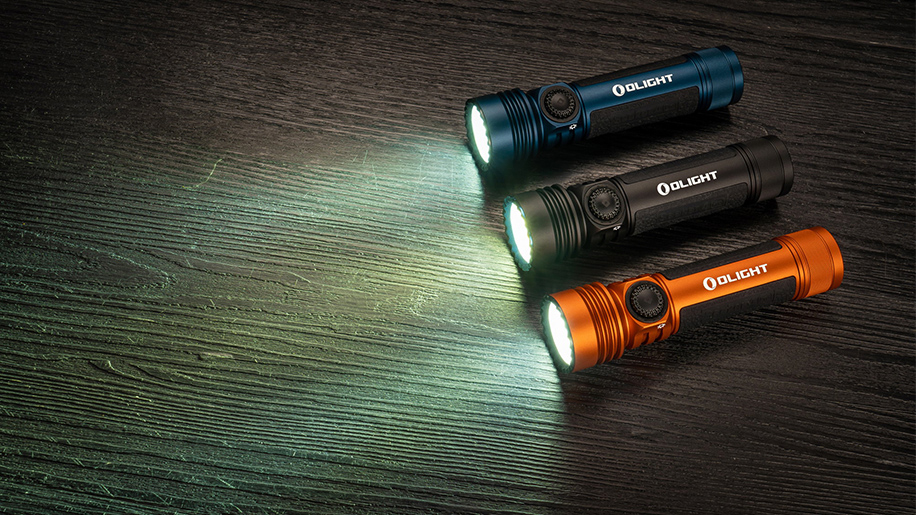The Kelvin scale, which frequently refers to LED lighting, is necessary for understanding and choosing the appropriate color temperature for your lighting requirements. LEDs have completely changed how we see and use light in the realm of modern lighting. However, many people may find the idea of color temperature, which is expressed in Kelvins (K), to be confusing. This scale affects our moods and productivity in addition to determining the color appearance of light. It's critical to deconstruct the Kelvin scale and comprehend how it impacts the ambiance and operation of rooms to make educated decisions about LED lighting. We shall explain LED color temperature ratings and their practical uses in this article.
What Is the Kelvin Scale?
The Kelvin scale, represented by the symbol K, is a unit of measurement used to describe the color temperature of light sources. It quantifies the color of light emitted by a source, ranging from warm, reddish tones to cool, bluish hues. Understanding the Kelvin scale is fundamental to comprehending LED color temperature ratings.
Color Temperature Chart
The appearance of light provided by a light bulb is referred to as color temperature. It is quantified on a scale from 1,000 to 10,000 degrees Kelvin (K). Kelvin temperatures for lighting applications in commercial and residential settings typically range from 2000K to 6500K.
Starting with the bulb, the color temperature is correct. You can use the Kelvin color temperature chart below to determine the general hue that particular bulbs will produce.

There are three different types of LED lighting: cool white light, neutral white light, and warm white light. Each has special qualities and uses.
Cool White Light: According to the Kelvin scale, cool white light normally ranges from 5000 to 6500 Kelvin (K). It stands out for having a bluish or daylight-like look. When a clear, vivacious, and energizing atmosphere is needed, this sort of lighting is frequently used. Offices, kitchens, hospitals, and other places with focused tasks are popular places to find it. Although cool white light can improve focus and productivity, it cannot produce a cozy or comfortable environment.
Neutral White Light: The color temperature of neutral white light is between 3500 and 4500 K. It strikes a mix between warm and cool tones, providing a more cozy and natural illumination. This makes it appropriate for a wide range of situations where a seamless fusion of functionality and atmosphere is needed, such as residences, retail spaces, and workspaces.
Warm White Light: Warm White Light emits a mellow, yellowish, or candle-like glow and has a Kelvin temperature range of 2700-3500 K. It's perfect for making household spaces like living rooms, bedrooms, and dining rooms feel snug and friendly. The capacity of warm white light to encourage comfort and relaxation makes it a popular choice.
your decision between cool white, neutral white, and warm white light depends on the purpose of the room and the atmosphere you want to create. By being aware of your alternatives, you may choose the right LED lighting for your particular requirements.
Why LED Color Temperature Matters
Because it has a considerable impact on the atmosphere, usability, and aesthetics of any area, LED color temperature is very important. Here are a few main justifications for why LED color temperature is so crucial:
LED color temperature creates a space's tone and atmosphere. Lower Kelvin values produce warm white light, which is cozy and calming and ideal for bedrooms or dining rooms. In contrast, cool white light (higher Kelvin values) encourages alertness and productivity, making it ideal for workspaces or locations where there are specific tasks to be completed. The proper color temperature can improve visual comfort. For instance, neutral white light is perfect for offices because it offers balanced, natural illumination that lessens glare and eye strain.
Task Performance: The degree of illumination and warmth needed for various tasks varies. A colder color temperature with improved color representation may be preferred for complex jobs like reading or cooking. Warm white light, on the other hand, can make leisure activities more comfortable.
Aesthetics: The color scheme and furnishings of a room can be complemented or clashed with by the LED color temperature. The lighting will match the interior design if the proper temperature is chosen.
Circadian Rhythm: The color temperature of the lighting can affect our sleep cycles and circadian rhythm. Warmer light in the evening can promote relaxation and better sleep while cooler light in the morning and lunchtime can help increase attentiveness.
Energy-Efficient LED Lights: LED lights with lower color temperatures often use less energy, making them more energy-efficient for extended usage times.
Product Presentation: The choice of color temperature can have an impact on how goods or artwork appear in stores or galleries. colors can appear more enticing and lively with the right lighting.
Conclusion
Generating enlightened lighting decisions requires decoding the Kelvin scale and comprehending LED color temperature specifications. The color temperature of your LED lighting is crucial to achieving your goals, whether you want to create a warm, inviting ambiance, a productive workstation, or a well-lit retail space. You can change any area to meet your needs by understanding how cold white, neutral white, and warm white light affect mood, aesthetics, and functionality. With this information, you can confidently traverse the world of LED lighting, ensuring that every space is lit just as you see it while balancing form and function.





